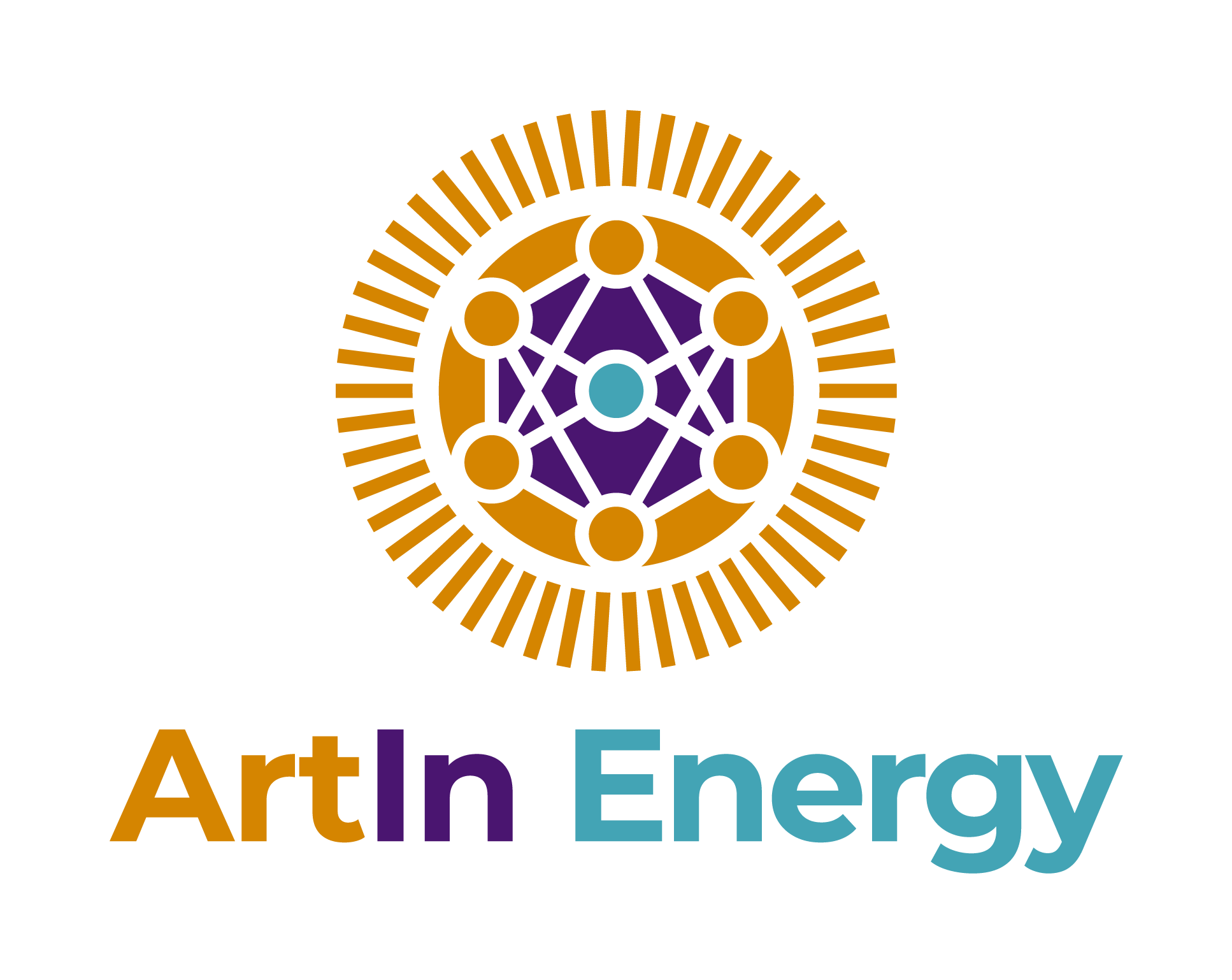
The Mining and Energy Planning Unit (UPME) notified the approval of energy projects interconnection for the coming years. The entity provided connection to projects totaling 7.5 gigawatts (7,493 megawatts).
The technology that had the highest percentage of connections was solar photovoltaic with 5,774 megawatts (MW) with 147 projects. In second place is wind power with 1,237.8 MW in 10 projects, 6 of which are offshore for 349.8 MW. Likewise, an allocation of 169 MW is recorded for 7 hydroelectric projects and a new biomass project.
In total, there were 187 projects to which UPME approved connection to the network.
“From UPME our human team has carried out titanic work. While until 2014, for example, we received an average of 10 to 15 requests annually, on this occasion 843 were received between generation and consumption with the same organizational capacity as 10 years ago, a situation that shows not only the great interest in initiatives of generation with non-conventional sources of renewable energy, but also the need to continue strengthening the entity,” said Adrián Correa, General Director of UPME.
By region, the entity indicated that the highest number of approvals was delivered was in Guajira-Cesar-Magdalena with 1.62 gigawatts. It is followed by Caldas-Quindío-Risaralda with 1.29 gigabytes and the development of wind power plants in the Central-Oriental and North of Santander was also highlighted.
UPME said that the connection criteria were increased reliability, improved electrical flexibility (possibility to control the resource), reduced emissions, reduced restrictions (such as network depletion), reduced stock price (cheaper energy), Less impact on energy losses and the status of the environmental licensing process.
UPME is confident that 2023 will close with almost 1 GW of renewable energy operational and with the assignment of thousands of additional Megawatts.




Recent Comments